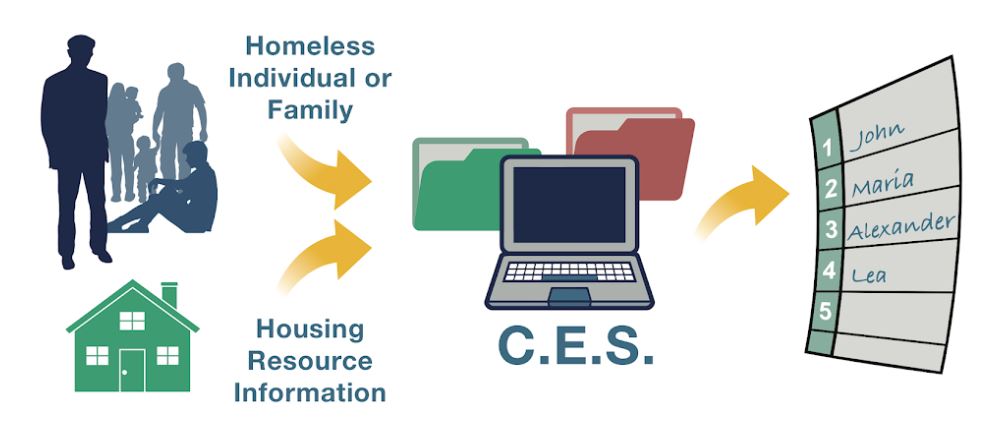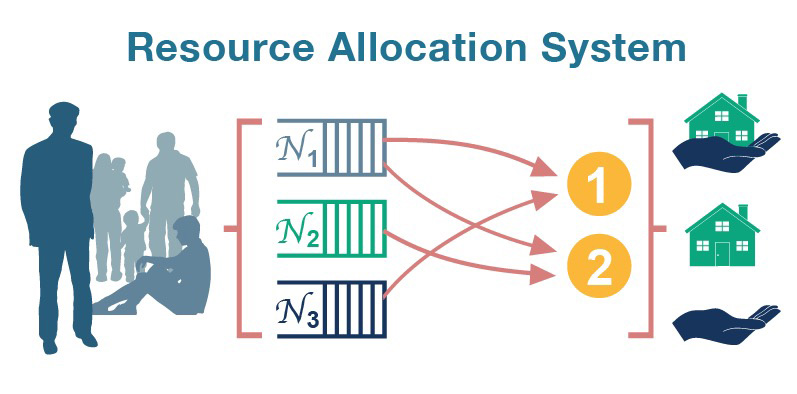Housing Allocation for Homeless Persons: Fairness,Transparency, and Efficiency in Algorithmic Design
Homelessness is at a crisis level in Los Angeles County. Approximately 59,000 persons are sleeping on the streets, in their cars, or living in emergency shelters in Los Angeles County every night (1). The challenge is that the Los Angeles Homeless Services Authority (LAHSA) does not have enough permanent housing. To address this problem, they developed a systematic approach to housing prioritization and matching. As an individual/family who experiences homelessness enters this system they are first assessed for their vulnerability and given a score based on a standardized assessment tool (one designed for single adults, one for youth, and one for families). Then case managers attempt to match persons to housing programs starting with the highest scoring persons. The current housing prioritization and matching system is very simplistic and may not be the most efficient or fair allocation system for the limited housing resources available. We at USC CAIS are developing a software, using artificial intelligence, to create a more efficient, personalized and fair housing allocation system specifically for Los Angeles County for youth, single adults, and families. The project focuses on using past data to make predictions and then a matching algorithm that recommends the “best” matches between individuals/families and housing resources.

Goals
To develop a fair and efficient algorithm which creates personalized matches for persons/families experiencing homelessness. The goal of this system is to improve stability of placements based on improved, more personalized recommendations for housing interventions and a system that is transparent and fair. We are tackling issues of errors in the current system.

The Coordinated Entry System (CES) uses vulnerability indices (e.g., VI-SPDAT, Next Step Tool), and housing availability to prioritize and match homeless individuals and families to appropriate housing.
Methods
We consider the problem of allocating stable housing to those experiencing homelessness. The two types of stable housing solutions are: a) permanent supportive housing–a fully supportive program where the homeless can stay indefinitely; and b) rapid rehousing–a temporary, voucher-based solution. We design a policy for allocating these resources in a coordinated fashion. We focus on policies that are interpretable, in the sense that it is easy to justify the policy at the government level and to explain why a particular individual was given priority. We work with stakeholders to identify the policy features that are involved in measuring fairness, efficiency, and transparency in housing allocation through a process called preference elicitation. To quantify efficiency, we use: a) measures of wait time distribution; b) measures of housing duration distribution. With regards to fairness, we introduce, for each of the efficiency metrics, indices that measure fairness. (More details can also be found on our fair machine learning page.)

The public housing allocation system can be viewed as multiclass multiserver queuing system.
Sina Aghaei
- Los Angeles Homeless Services Authority, 2019. https://www.lahsa.org/documents?id=3437-2019-greater-los-angeles-homeless-count-presentation.pdf



